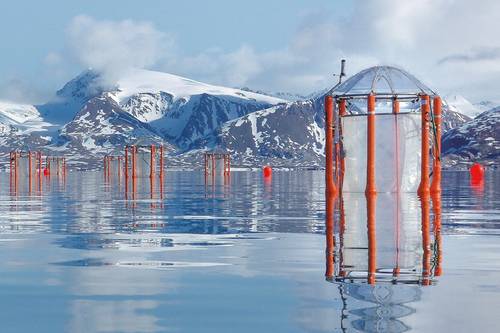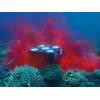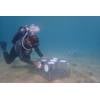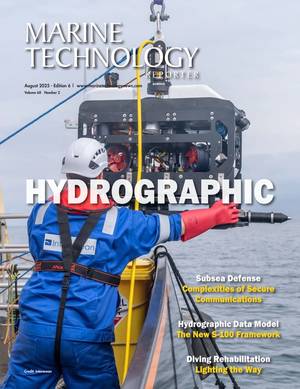Marine Scientists Call for Rules on Marine Carbon Dioxide Sequestration
An international group of leading marine scientists has launched a brief on marine carbon dioxide removal – the sequestration of atmospheric carbon dioxide in the ocean.
To ensure that such methods can be applied safely and transparently in future, the group says reliable monitoring, reporting and verification (MRV) systems will be essential and will need to track how much CO2 is removed, how long it is stored, and any potential environmental impacts.
This is the central message of the European Marine Board’s Future Science Brief No. 13, ‘Monitoring, Reporting and Verification for Marine Carbon Dioxide Removal’, which was published in Brussels. Thirteen researchers from an international working group contributed to the document, including Prof. Dr Andreas Oschlies, Head of the Biogeochemical Modelling Research Unit at GEOMAR Helmholtz Centre for Ocean Research Kiel.
“No marine carbon dioxide removal method currently has a sufficiently robust and comprehensive MRV system in place,” says Dr Helene Muri, a senior researcher at the Norwegian Institute for Air Research (NILU) and the Norwegian University of Science and Technology (NTNU), who co-led the working group together with Dr Olivier Sulpis from CEREGE – Aix-Marseille University, CNRS, IRD. “This means that efficient and safe implementation cannot be ensured at present.”
The Brief highlights key research gaps. For example, it is not yet fully understood how different methods affect ocean processes, or how long the captured carbon would remain stored. These uncertainties currently complicate the evaluation of potential risks and benefits.
“Responsible climate policy requires reliable data,” says Prof. Dr Andreas Oschlies from GEOMAR. According to the report, this particularly applies to observational data, modelling approaches and technological innovations that can underpin the development of science-based MRV systems.
Oschlies adds: “Findings from the German research mission CDRmare – from laboratory studies, mesocosm experiments and modelling – suggest that several marine carbon dioxide removal methods may hold promise. However, we can only make responsible decisions about if and where they can be applied once we fully understand their effectiveness and possible side effects in the marine environment.”
As well as highlighting scientific challenges, the report also draws attention to governance issues. Currently, there are no dedicated legal or institutional frameworks dedicated to MRV systems relating to marine carbon dioxide removal.
“We need harmonised and binding rules that provide transparency and overcome the current fragmentation of MRV systems,” says Muri. Only then can future carbon dioxide removal activities in the ocean be implemented in a responsible manner that protects marine ecosystems.
At the same time, the scientists stress that reducing greenhouse gas emissions rapidly and substantially must remain the top priority. Marine carbon dioxide removal can support this process, but it cannot replace it.
















 August 2025
August 2025



